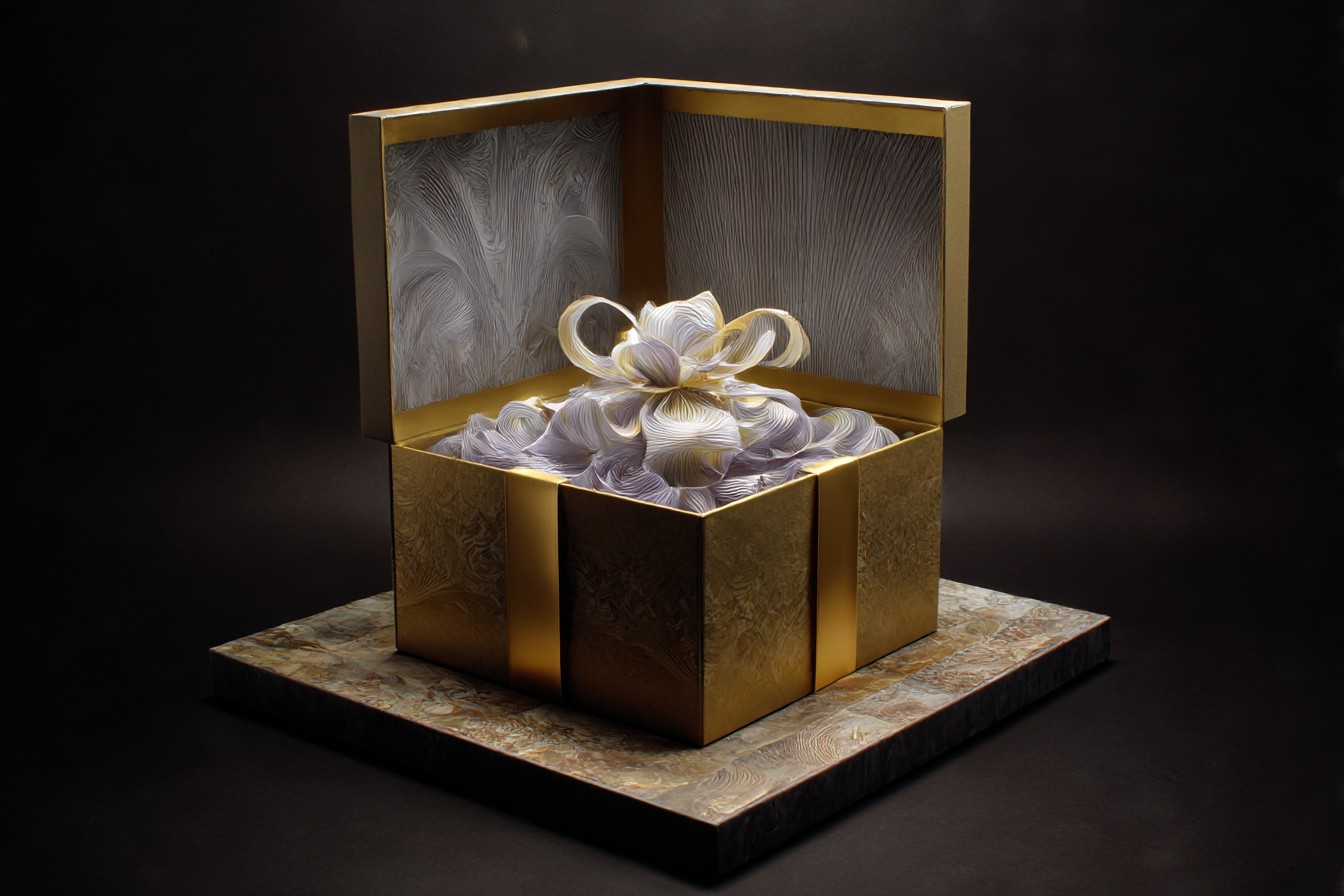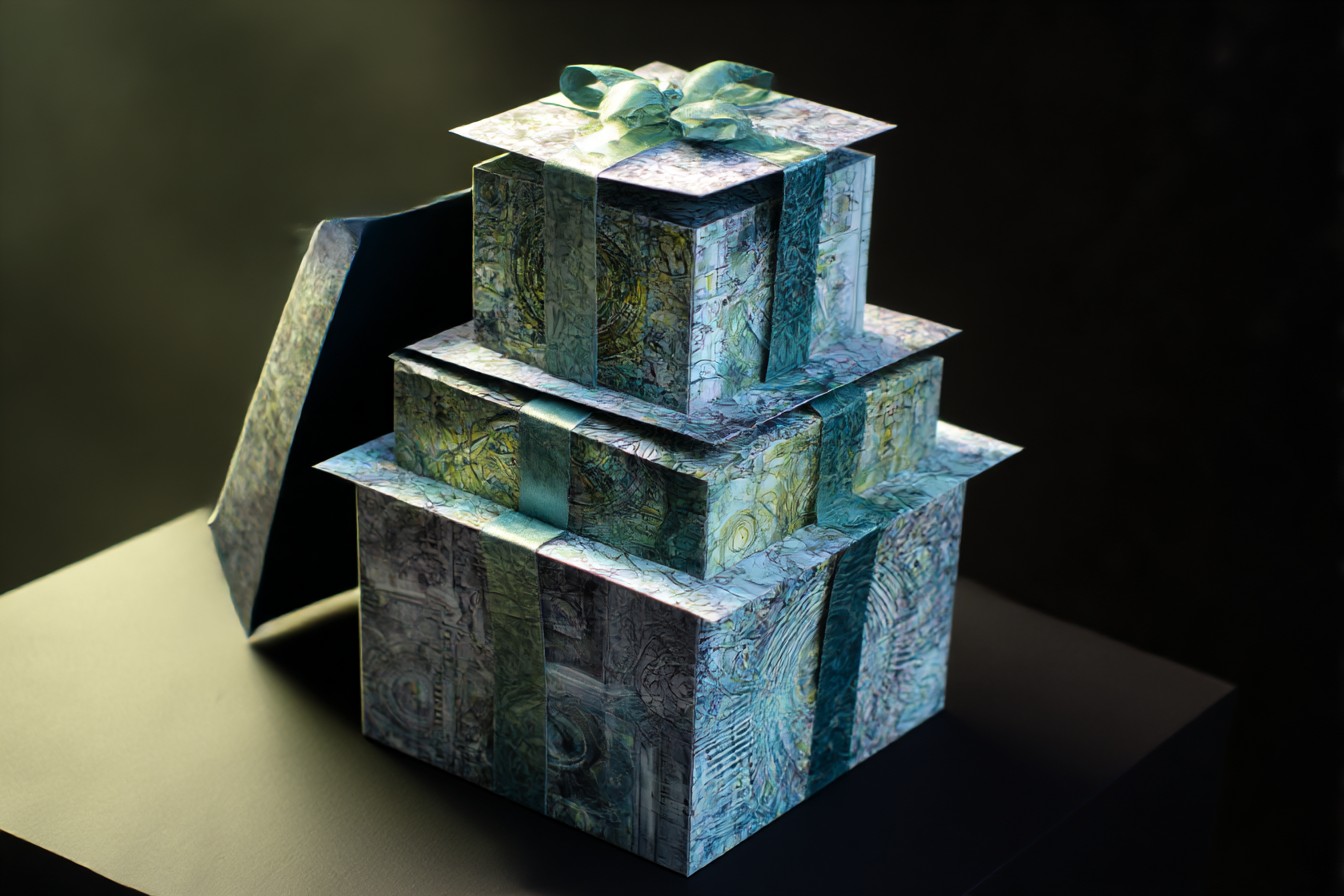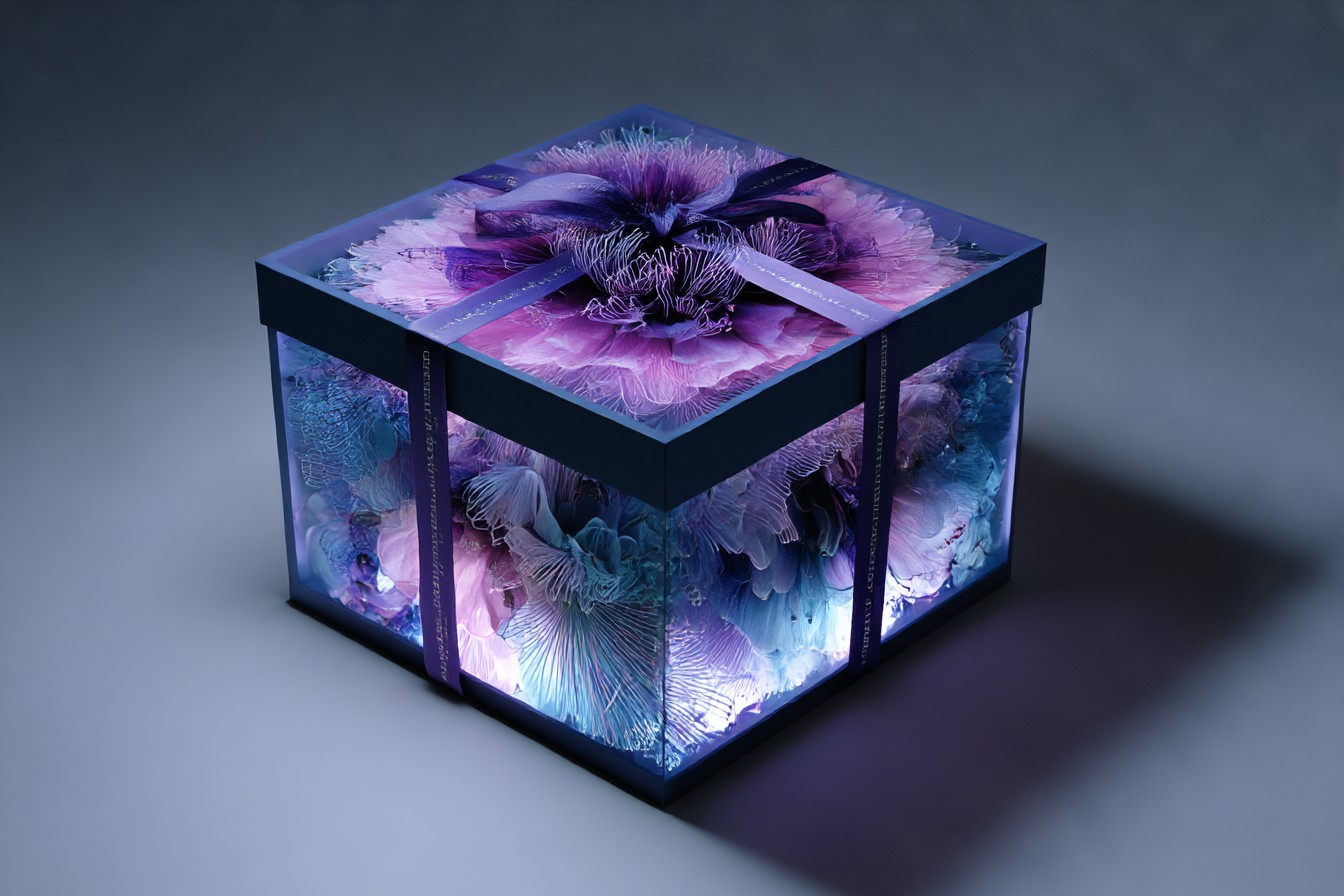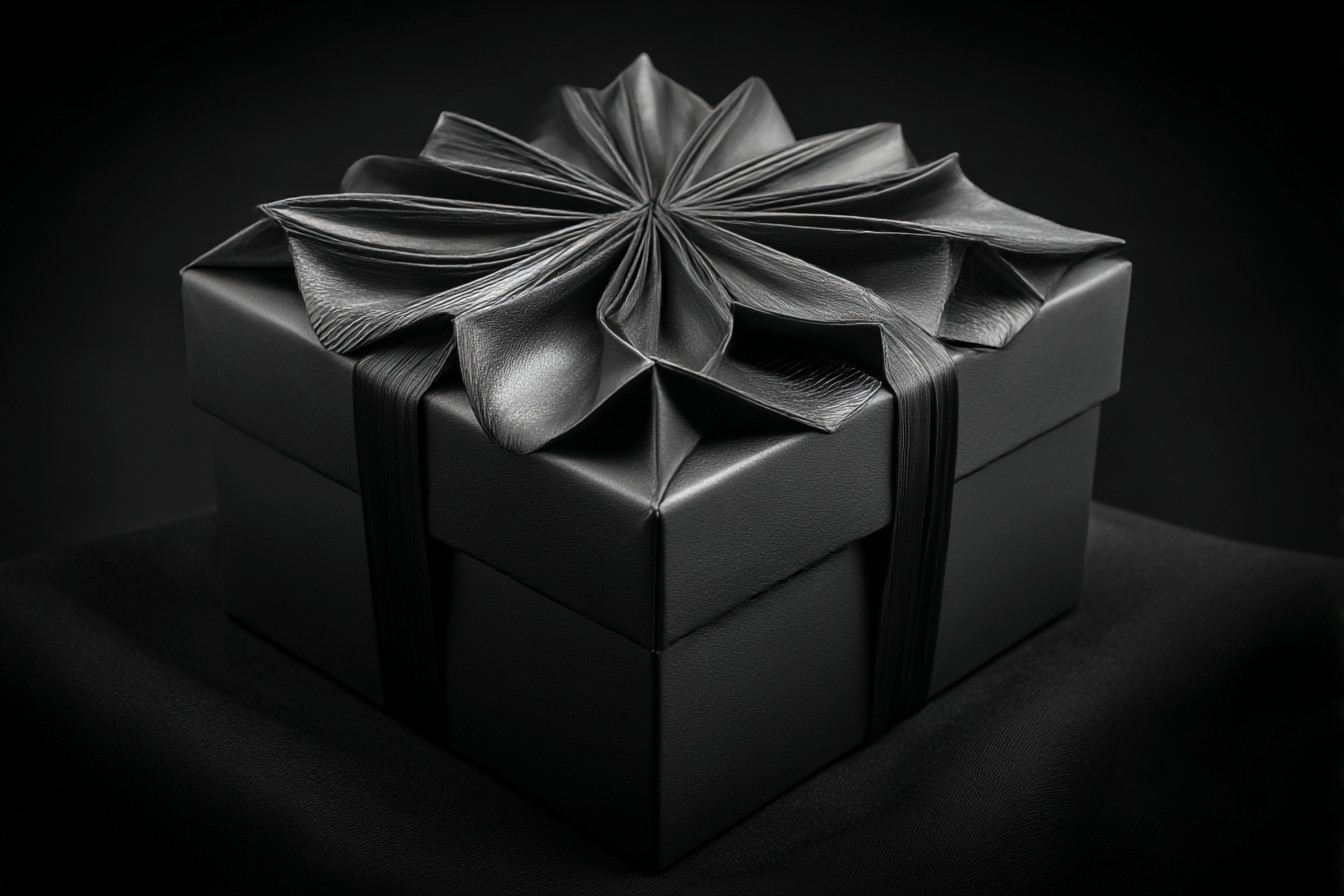I discovered the magic of progressive gifting entirely by accident. Jake and I were celebrating our third anniversary (the leather one, if you’re keeping track), and I was completely stuck on what to give him. The pressure was on because the year before, he’d somehow managed to track down a signed copy of my favorite obscure indie album that I’d mentioned precisely once during a road trip to his parents’ house. I mean, who even remembers stuff like that? (Well, I do usually, but that’s beside the point.)
So there I was, two days before our anniversary, surrounded by leather goods catalogs and feeling thoroughly uninspired. A wallet? Boring. A belt? Please. A leather-bound journal? The man has never voluntarily written more than a grocery list in his life.
I was pacing around our apartment when I tripped over this wooden box I’d picked up at a flea market months earlier, thinking I might use it for… something. Honestly, I buy random containers like other people buy shoes. You never know when you’ll need a good box, right? Anyway, as I was rubbing my stubbed toe and silently cursing, it hit me – what if the box itself was part of the gift?
I suddenly remembered something my grandfather used to do when I was little. Every Christmas, he’d give me what he called a “treasure chest” – a small wooden box with different little gifts inside, each wrapped separately. Some were practical, some were silly, but opening each one was like having multiple Christmases in one sitting. I’d completely forgotten about this tradition until that moment.
That night, I stayed up until 3 AM (with a brief interruption to explain to our downstairs neighbor that yes, I was indeed still awake and wrapping presents, and no, I wasn’t rearranging furniture) creating what would become my first “time capsule” gift box. I found this beautiful dark walnut box, lined it with soft leather (to keep with the anniversary theme), and filled it with seven individually wrapped presents – one for that day, and six more to be opened at specific future times.
Each gift had a small card with precise instructions about when to open it. “Open when you land your dream account.” “Open after our first real fight post-anniversary.” “Open when you need a laugh.” “Open on our next weekend getaway.” “Open when you’re having a terrible day.” “Open on New Year’s Eve.” The items themselves weren’t expensive – a vintage tie clip for the dream account, noise-canceling earbuds for the getaway, his favorite whiskey miniatures for New Year’s – but the anticipation factor? Absolutely priceless.
When Jake opened the box that anniversary morning, I honestly thought I’d missed the mark. He looked confused, picking up the wrapped packages with their instruction cards. “So… I don’t open these now?” he asked, clearly trying to hide his disappointment. I explained the concept – how the box itself was the immediate gift, but the joy would unfold over time as he opened each package at the specified moment. “It’s like having anniversary presents sprinkled throughout our year,” I said, starting to feel like maybe this experiment was a disaster.
But then something shifted in his expression. “So I get to have something to look forward to for months?” And I swear, the smile that spread across his face was worth every minute of sleep I’d lost.
The first “open when” moment came just three weeks later. Jake had been working on landing this huge corporate client for months, and when he finally got the call, he rushed home waving his phone like he’d won the lottery. “I got it! Where’s the box? There’s a package for this!” The pure childlike excitement on this grown man’s face as he dug through the box looking for the right package – well, I wish I’d recorded it.
He tore open the one labeled “Open when you land your dream account” to find the vintage tie clip I’d hunted down that matched one his grandfather used to wear (thank you, random Etsy seller in Michigan). The fact that he could immediately wear it to his first meeting with the new client made it perfect timing. But more than the object itself, it was watching him experience the surprise at exactly the right emotional moment that made me realize I might be onto something special.
Over the next several months, I watched as each package created its own moment. Some were opened exactly as planned – the New Year’s Eve whiskey miniatures became part of our celebration. Others took unexpected turns – the “open after our first real fight” package (which contained two tiny white flags and a gift card to our favorite ice cream place) sat untouched for nearly seven months. When we finally had that blow-up argument about his mother’s extended visit, the simple act of remembering the box and opening that specific gift actually diffused the tension in a way a regular “I’m sorry” gift never could have. There was something powerful about past-me anticipating that future-us would need a peace offering.
The final package – “Open when you need a laugh” – remained sealed for over a year. Jake guarded that last package jealously, insisting that despite numerous occasions that warranted a laugh, he wasn’t ready to use up his final box gift. When he finally opened it (after a particularly disastrous presentation where his laptop died mid-pitch), the collection of ridiculous photos I’d compiled of us through the years, along with a USB drive containing what I’d labeled “Emergency Mood Improvement Videos” (mostly compilations of baby animals sneezing), made him laugh until he cried.
I’ve since refined this time capsule gift approach into something of an art form. After sharing the concept in a column for Celebrate Weekly, I started receiving emails from readers who’d tried variations on the idea – everything from “College Survival Boxes” for new students (with packages timed to midterms, finals, and homesickness) to “New Parent Time Capsules” with gifts designed to coincide with baby milestones.
The psychology behind why these progressive gifts work so well is actually fascinating. My consumer psychology professor would have a field day analyzing it. Standard gifts provide a single dopamine hit – that moment of surprise and pleasure when something is unwrapped. But a time capsule gift creates an extended anticipation loop. There’s the initial joy of receiving the container itself, the sustained pleasure of knowing surprises await, and then multiple moments of discovery spread out over time. It’s essentially hacking our brain’s reward system in the best possible way.
I’ve found that time capsule gifts work best when they follow a few guidelines – guidelines I’ve admittedly developed through a truly embarrassing amount of trial and error. (Just ask my cousin Rachel about the “Wedding Milestone” box I made her where I accidentally included the “Open when you get pregnant” gift with a very obvious baby-shaped outline. She opened it at the wedding reception and spent the rest of the evening fielding questions about whether she had an announcement to make. Sorry, Rachel.)
First, the container matters almost as much as the contents. It needs to be substantial enough to feel like a gift in itself, but practical enough to keep accessible. I once used an antique doctor’s bag for my dad’s retirement gift, which seemed clever until he pointed out it was too nice to actually use and too large to display, so it ended up in his closet, defeating the whole point of having an ongoing visible reminder.
Second, the timing instructions are crucial. A mix of specific dates and situational moments creates the perfect balance. Too many date-specific openings and it feels like homework; too many situational ones and some gifts might never get opened. I typically aim for about 30% date-specific (birthdays, holidays, anniversaries) and 70% situational (“when you finish your manuscript,” “when you need encouragement,” “when winter feels endless”).
Third – and this took me several attempts to figure out – the gifts need a thematic throughline without being repetitive. My friend Dana still teases me about the “New Job Survival Kit” I made her where five out of the seven gifts turned out to be different types of fancy tea. “Were you concerned I was going to experience a critical tea shortage?” she asked after opening the third tin of Earl Grey variations.
What I love most about time capsule gifts is how they stretch the definition of what a present can be. They’re not just objects but experiences, memories, and moments of connection scattered like breadcrumbs through someone’s life. In our instant-gratification world, there’s something almost rebellious about creating a gift that deliberately slows down pleasure, that asks the recipient to wait, to anticipate, to savor.
I’ve created time capsule boxes for virtually every occasion you can imagine – from the obvious ones like weddings and graduations to more unusual scenarios like “Divorce Recovery Roadmap” (which included gifts for moving day, first solo holiday, and the finalization of paperwork) and “Empty Nest Navigation” (with presents timed to coincide with dropping the last kid at college, reclaiming their bedroom, and the first holiday with adult children visiting).
My most ambitious project was probably the “Year of Adventure” box I created for my brother’s 40th birthday. It contained twelve sealed envelopes – one for each month – with a different experience or mini-adventure inside. Some were simple (supplies for stargazing in his backyard in August), others elaborate (a weekend cabin booking for November). The final envelope contained a memory book with spaces to add photos from each month’s activity. When he completed the year, he told me it was like having a birthday that lasted 365 days.
Look, I’m not saying every gift needs this level of planning. Sometimes a gift card is genuinely the right choice (especially for that person who returns everything – you know exactly who I’m talking about). But when you want to create something truly memorable, something that resonates beyond the moment of unwrapping, a well-designed time capsule gift creates ripples of joy that can last for months or even years.
Next time you’re facing a gift-giving occasion that feels significant, consider creating a present that reveals itself over time. Start with a beautiful box, add carefully chosen gifts with thoughtful timing instructions, and you’ll have created not just a present but a journey – one that will continue giving long after the initial unwrapping. It’s not just a gift; it’s a narrative unfolding exactly when it’s needed most. And trust me, watching someone discover each chapter of that story is a gift to you, too.



